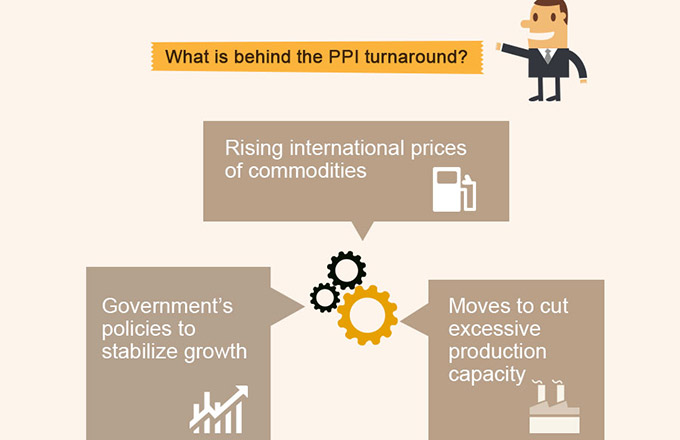China's monetary policy to be prudent, neutral in 2017
BEIJING - China's monetary policy will be kept "prudent and neutral" in 2017, said a statement issued Friday after the Central Economic Work Conference, which promised better adjustments of the monetary floodgate to ensure stable liquidity.
The policy should adapt to new changes in the use of money supply tools, and further efforts are needed for a smoother transmission mechanism of the policy, the meeting pledged.
Fiscal policies should be more proactive and effective, and budgets be planned to accommodate the need for advancing supply-side structural reforms, cutting business tax burdens and ensuring people's welfare.
Financial risks
China will put more emphasis on prevention of financial risks in 2017.
The government will step up efforts to prevent asset bubbles and improve regulation, so as to ensure there will be no systematic financial risk, said the statement.
Basic tone: stability
Stability will be the key basic tone for economic work in 2017, according to the statement.
The basic tone of "seeking progress while maintaining stability" will be an important principle in state governance and the methodology for economic work, whose implementation is of critical importance for next year, the statement said.
The statement called for efforts to achieve progress in key fields while maintaining stability.
Real estate
China will promote the stable and healthy development of the real estate market in 2017, said the statement.
The country will establish a market-oriented and long-term mechanism, which could not only curb real estate bubble, but also prevent erratic fluctuations, the statement said.
Renminbi
China will keep its currency renminbi, or the yuan, basically stable at an equilibrium level in 2017, while improving the flexibility of exchange rate, said the statement.
Supply-side reforms
China will continue to press ahead with supply-side structural reforms in 2017, said the statement.
China eyes substantial progress in five key areas of supply-side structural reforms next year, including cutting overcapacity, destocking, de-leveraging, lowering costs and improving weak links, said the statement.
- China to keep monetary policy stable as growth stabilizes
- China to keep proactive fiscal policy, prudent monetary policy
- China central bank to keep prudent monetary policy in second half
- Retrospect of Chinese Monetary Policy Performance in 2015 and Prospect of 2016(No.51, 2016)
- 'Prudent' monetary policy is goal of China's central bank

















